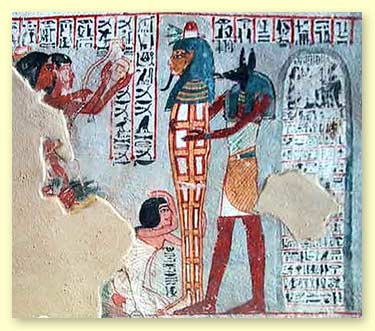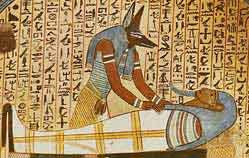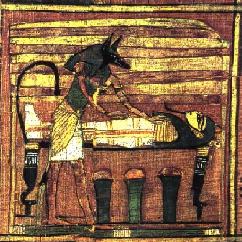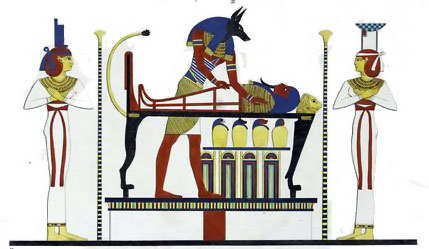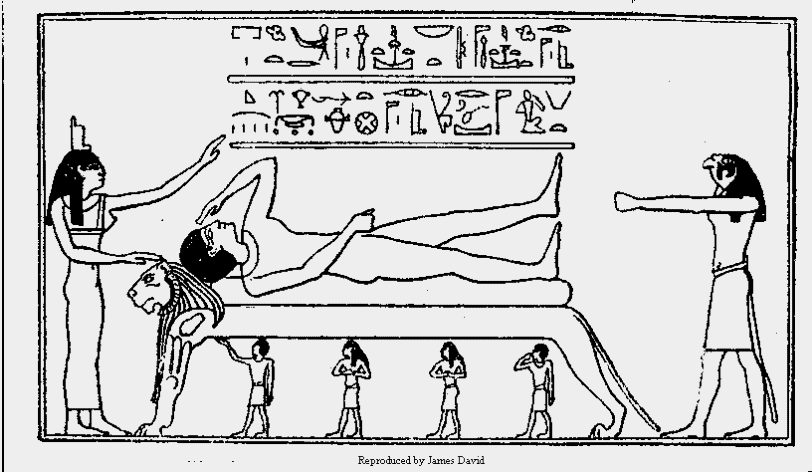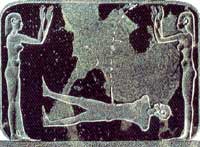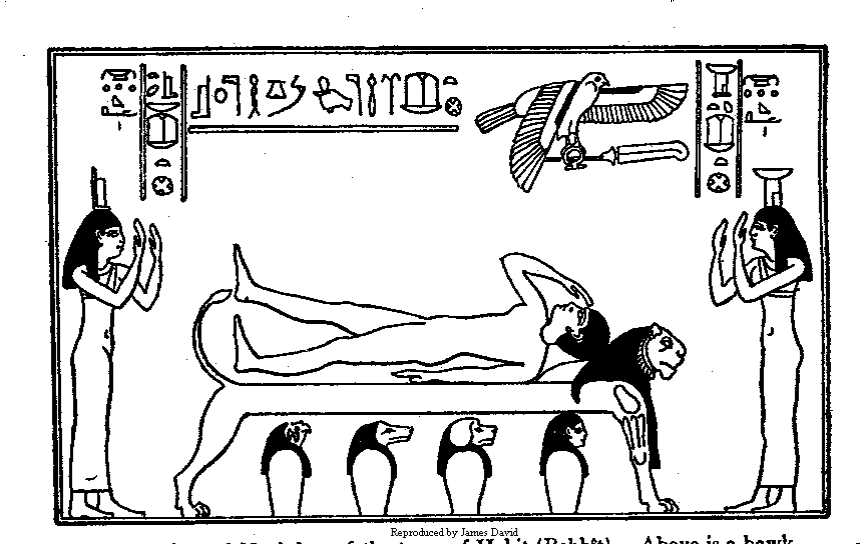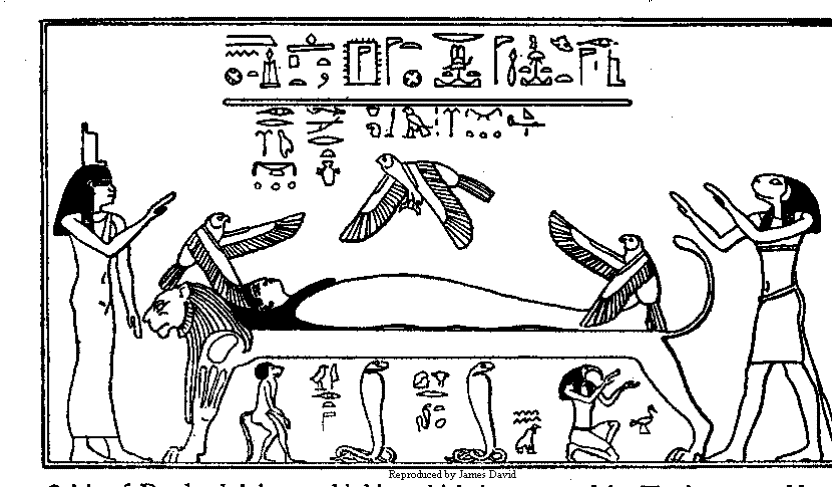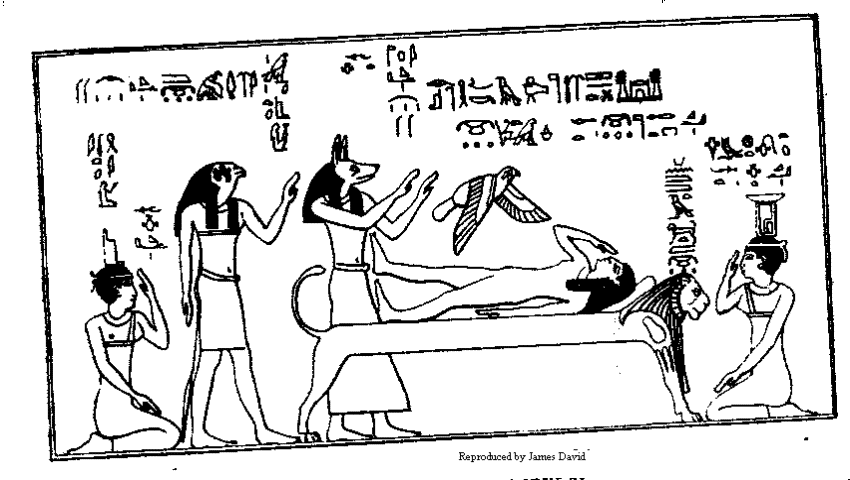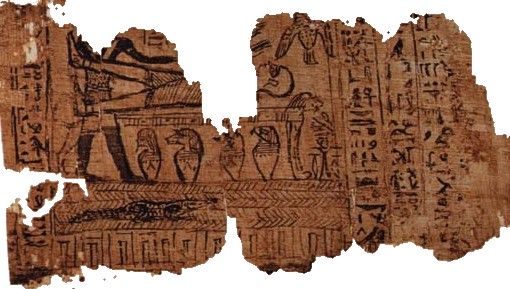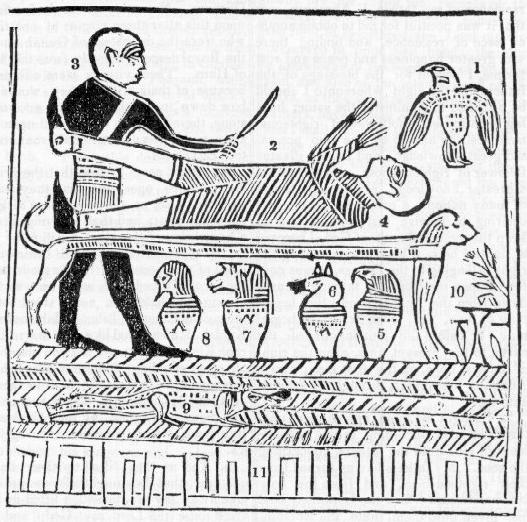American Mohammed
You can find a lot of interesting parallels between Joseph Smith and Mohammed, enough to justify calling Joseph Smith an American Mohammed. I just realize that both claimed to have revelations that authorized them to take their daughters to wife.
Mohammed married Aisha, the daughter of his brother-by-oath. They were married when she was six. They consummated their marriage when she was nine. He was 54. While marriages at such ages were apparently common, I understand that it went against custom to marry the daughter of your brother, even if only by oath.
Even Aisha held suspicion about Mohammed’s self-serving revelation that allowed him to marry any wife who desired him:
Narrated Aisha:
I used to look down upon those ladies who had given themselves to Allah’s Apostle [Mohammed] and I used to say, “Can a lady give herself (to a man)?” But when Allah revealed: “You (O Muhammad) can postpone (the turn of) whom you will of them (your wives), and you may receive any of them whom you will; and there is no blame on you if you invite one whose turn you have set aside (temporarily).’ (33.51) I said (to the Prophet), “I feel that your Lord hastens in fulfilling your wishes and desires.” (Sahih Bukhari, Book 60:311)
Joseph married Maria and Sarah Lawrence whose father had died. They lived in Joseph’s household as foster daughters. In fact, William Law filed a lawsuit in the spring of 1844 against accusing him of marrying Maria Lawrence in an attempt to make public his practice of polygamy.
Joseph had secretly proposed a polyandrous marriage with William Law’s wife. She refused and William—then First Counselor in the First Presidency of the Mormon church—asked Joseph whom he considered a fallen prophet to renounce polygamy. Joseph refused and subsequently excommunicated William.
William then attempted to expose Joseph’s duplicity in the Nauvoo Expositor. Joseph ordered its printing press destroyed. Joseph was arrested on charges related to the destruction of the printing press and imprisoned in Carthage, Illinois where a mob killed him in the summer of 1844. So Joseph’s marriage to his foster daughters contributed to his death.
It’s interesting to me that both of these men used self-serving, alleged revelations to justify sex with their followers, including those who could be considered their daughters.
(Inspired by Jesus and Mo.)
Tags: Aisha, Islam, Joseph Smith, Maria Lawrence, marriage, Mohammed, Mormonism, polygamy, religion, Sarah Lawrence
Permalink Comments off
